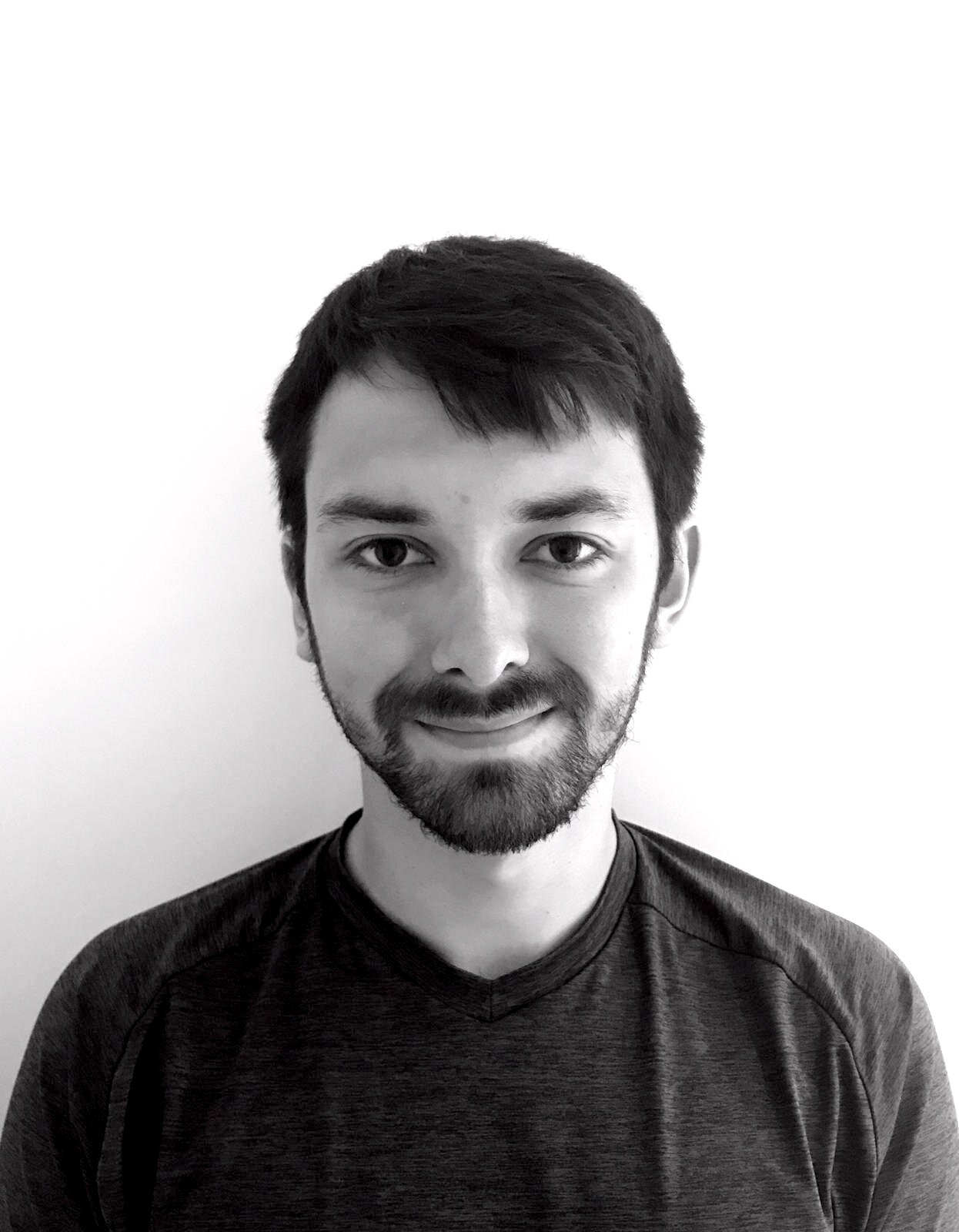You don’t know what you’ve got till it’s gone
We have it pretty good these days. Most of us don’t have to hunt, gather or even prepare our food anymore. We can travel without using our legs, we can open a door without using our hands, we can be entertained without moving a single body part.
We are rapidly losing our innate movement patterns of squatting, hip hinging, pushing, pulling, twisting, climbing, walking and running. We are becoming scared to even try these movements, let alone add a load, for fear of pain or injury.
It seems to sneak up on us, without us even knowing, and suddenly; BANG, we realise we can no longer get up from sitting on the floor or even get down to the floor, stand on one leg, jump on a trampoline or run for the bus.
We pick up injuries from insidious activities or can’t recover from an injury or we realise our health has been gradually deteriorating. We blame it on picking up the log basket, putting our socks on, stress at work, twisting to reach the bag on the back seat, the dog pulling on the lead, a virus, losing our balance…..
But what is it really? What is really going on? These are triggers to our injury or deteriorating health, and symptoms of a way bigger picture. The underlying cause is usually our lifestyle leading up to these events.
The day we move from sitting on the floor in assembly and are promoted into the prestigious chair we begin to lose our natural movement patterns. Add in screen time from a young age, transport, processed food, pressure, stress and pollution, and gradually our health is undermined, weakening our organ functions, muscles, bones and immunity and disrupting our hormones.
Life has become way too comfortable and convenient, and it is eroding our health and well-being.
“We exist in a modern technological age; we can’t turn back the clock or expect to be able to live as we did as hunter gatherers. But we can relearn these deep connections to nature, ourselves, and each other and in doing so find profound states of wellbeing.” Tony Riddle
Small changes make big differences:
· Go barefoot as often as possible.
· Lay out floor cushions and sit on the floor in the evenings.
· Walk daily, different gradients, terrains and locations
· Strength train three times a week.
· Garden and forage for your food.
· Cook from scratch. Embrace the extra movement food preparation brings as much as the nutritional benefits.
· Squat often. Modify it if uncomfortable, don’t avoid it.
· Move more throughout your day, not just for an hour of exercise.
· Incorporate a ten minute mindful or breathing practice to your day
With small changes to our environment and mindset, we can relearn how to move more and feel better.
Which comfort or convenience can you forgo to create more movement in your day?
In my women’s health Womo courses we explore the direct link between our deteriorating movement patterns and pelvic floor disorders, and take a whole-body whole-lifestyle approach for long term change and improvement.
My next course begins in April and bookings are now open. You can visit the website for more information and to secure your place.
Emma Wightman
www.the-sop.com





































